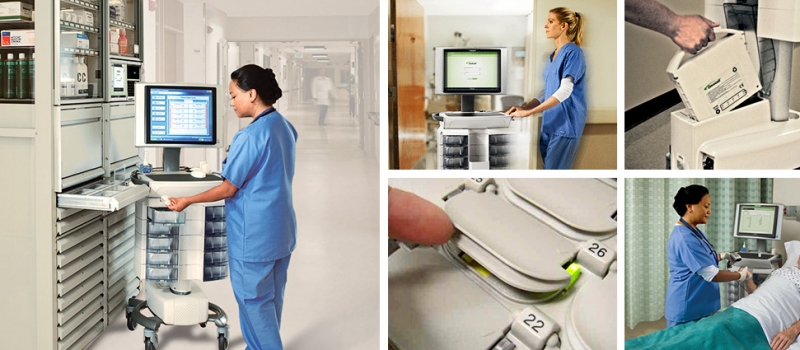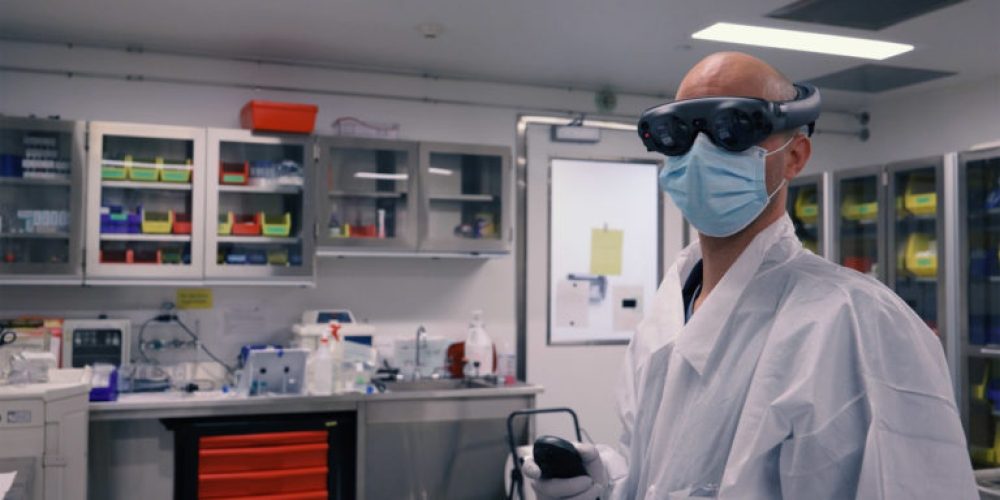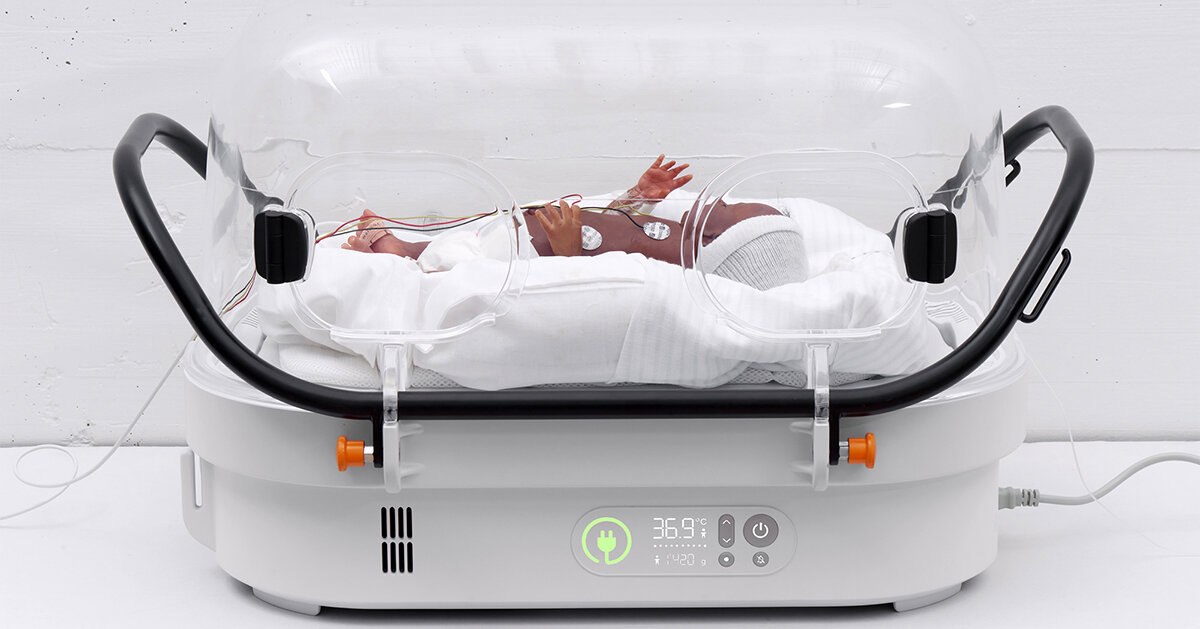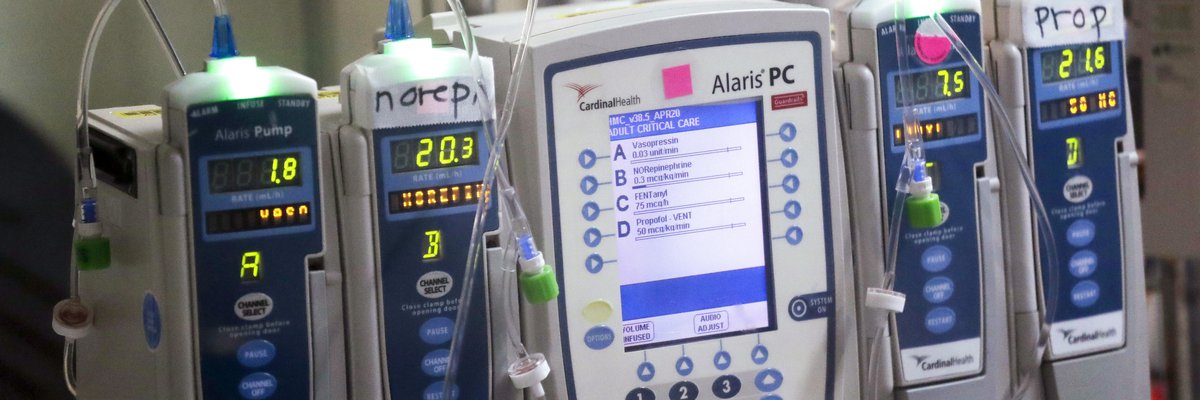An Automated Dispensing System (ADS) is a computerized system that automates the process of dispensing medications and other medical supplies. It is designed to improve the accuracy, safety, and efficiency of medication distribution. ADS can be used in hospitals, pharmacies, and other healthcare settings. It can help reduce medication errors, improve patient safety, and reduce costs associated with medication management. ADS can also help streamline the workflow of healthcare professionals, allowing them to focus on providing quality care to their patients.
The pharmaceutical industry is undergoing a revolution with the introduction of automated dispensing systems. These systems are transforming the way drugs are dispensed, stored, and tracked, providing a more efficient and secure way to manage medications.
Automated dispensing systems are computerized machines that store and dispense medications. They are designed to reduce errors and improve safety by providing accurate and timely medication delivery. The systems are equipped with sophisticated software that tracks and records medication usage, allowing for better inventory control and improved patient safety.
The use of automated dispensing systems has numerous benefits for the pharmaceutical industry. For example, they can reduce the amount of time spent on manual tasks such as counting and labeling medications. This can lead to improved efficiency and cost savings. Additionally, automated systems can help reduce the risk of medication errors by providing accurate and timely medication delivery.
The use of automated dispensing systems also provides improved security for medications. The systems are equipped with sophisticated security features such as biometric authentication, which requires users to provide a unique identifier such as a fingerprint or retinal scan in order to access the system. This helps to ensure that only authorized personnel can access the system and medications.
Finally, automated dispensing systems can help to improve patient safety by providing accurate and timely medication delivery. The systems can also provide real-time data on medication usage, allowing for better tracking and monitoring of medications. This can help to reduce the risk of medication errors and ensure that patients receive the correct medications in a timely manner.
In conclusion, automated dispensing systems are revolutionizing the pharmaceutical industry. They provide numerous benefits such as improved efficiency, cost savings, security, and patient safety. As the technology continues to evolve, these systems will become even more advanced and provide even greater benefits to the industry.
The Benefits of Automated Dispensing Systems for Hospitals and Clinics
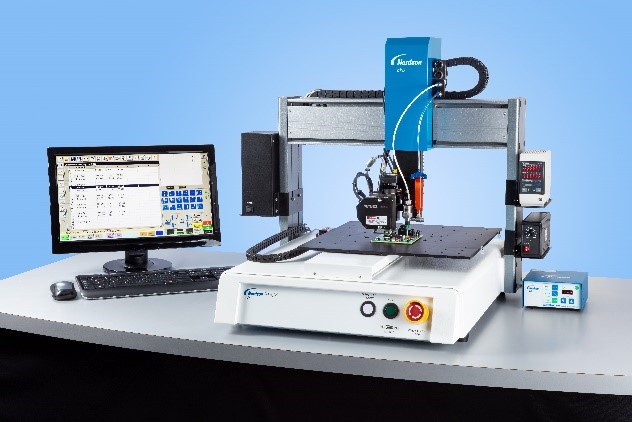
Automated dispensing systems are becoming increasingly popular in hospitals and clinics due to their numerous benefits. These systems are designed to provide a secure, efficient, and cost-effective way to store and dispense medications. Automated dispensing systems offer a number of advantages over traditional methods of medication storage and distribution.
First, automated dispensing systems provide a secure way to store and dispense medications. These systems are designed to be tamper-proof and are equipped with multiple layers of security, including biometric authentication, to ensure that only authorized personnel can access the medications. This helps to reduce the risk of medication errors and theft.
Second, automated dispensing systems are highly efficient. These systems are designed to quickly and accurately dispense medications, reducing the time it takes to fill prescriptions and eliminating the need for manual counting and labeling. This helps to reduce wait times for patients and improve overall efficiency.
Third, automated dispensing systems are cost-effective. These systems are designed to reduce the amount of time and labor required to store and dispense medications, resulting in lower labor costs. Additionally, automated dispensing systems can help to reduce medication waste, which can lead to significant cost savings.
Finally, automated dispensing systems are easy to use. These systems are designed to be user-friendly, allowing staff to quickly and easily access medications. This helps to reduce training time and improve overall efficiency.
In conclusion, automated dispensing systems offer a number of benefits for hospitals and clinics. These systems provide a secure, efficient, and cost-effective way to store and dispense medications, helping to reduce medication errors, wait times, and labor costs. Additionally, automated dispensing systems are easy to use, making them an ideal solution for any healthcare facility.
The Future of Automated Dispensing Systems in Healthcare
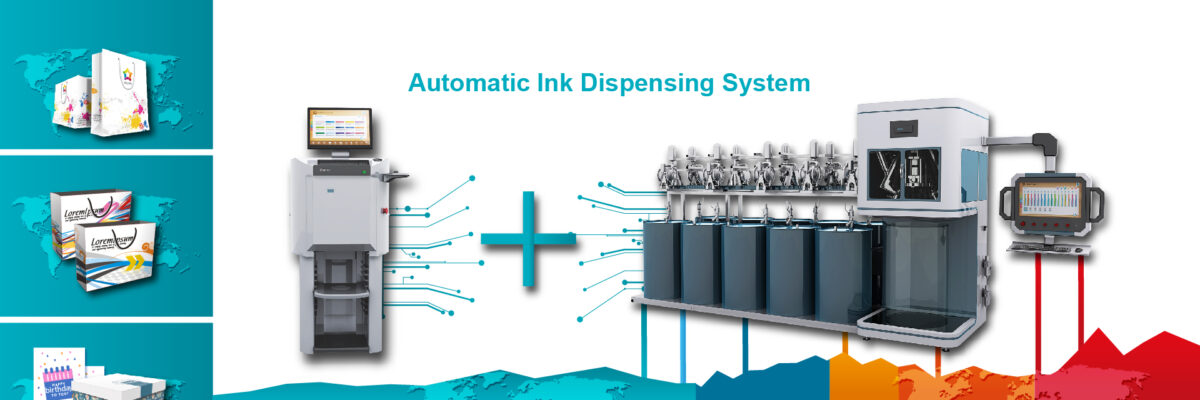
The use of automated dispensing systems in healthcare is becoming increasingly popular as a way to improve patient safety, reduce medication errors, and increase efficiency. Automated dispensing systems are computerized systems that store, dispense, and track medications. These systems are designed to reduce the risk of medication errors by providing accurate and timely medication delivery.
Automated dispensing systems are becoming more widely used in hospitals, long-term care facilities, and other healthcare settings. These systems can be used to store and dispense medications, as well as to track medication usage. Automated dispensing systems can also be used to monitor patient compliance with medication regimens, as well as to provide real-time alerts when medications are not taken as prescribed.
The future of automated dispensing systems in healthcare is bright. As technology advances, these systems will become more sophisticated and user-friendly. Automated dispensing systems will be able to provide more detailed information about medications, such as drug interactions and side effects. In addition, these systems will be able to provide more accurate and timely medication delivery.
The use of automated dispensing systems in healthcare will also help to reduce medication errors. These systems can be programmed to alert healthcare providers when medications are not taken as prescribed, or when medications are not taken at the correct time. This will help to reduce the risk of medication errors and improve patient safety.
Finally, automated dispensing systems will help to improve efficiency in healthcare settings. These systems can be used to store and dispense medications quickly and accurately, reducing the amount of time spent on medication management. In addition, automated dispensing systems can be used to track medication usage, helping to reduce the amount of time spent on paperwork.
In conclusion, automated dispensing systems are becoming increasingly popular in healthcare settings. These systems can help to improve patient safety, reduce medication errors, and increase efficiency. As technology advances, these systems will become more sophisticated and user-friendly, providing more detailed information about medications and more accurate and timely medication delivery. Automated dispensing systems will continue to play an important role in healthcare in the future.
The Pros and Cons of Automated Dispensing Systems

Automated dispensing systems are becoming increasingly popular in healthcare settings, as they offer a number of advantages over traditional methods of medication distribution. However, there are also some potential drawbacks to consider. This article will explore the pros and cons of automated dispensing systems.
The primary benefit of automated dispensing systems is that they can help to reduce medication errors. By automating the process of medication distribution, these systems can help to ensure that the right medication is given to the right patient at the right time. This can help to reduce the risk of adverse drug events, which can have serious consequences for patients. Additionally, automated systems can help to reduce the amount of time that healthcare professionals spend on medication distribution, freeing up their time for other tasks.
Another advantage of automated dispensing systems is that they can help to improve the accuracy of medication inventory. By tracking the amount of medication dispensed, these systems can help to ensure that the right amount of medication is available when needed. This can help to reduce the risk of medication shortages, which can lead to delays in patient care.
However, there are also some potential drawbacks to consider. Automated dispensing systems can be expensive to install and maintain, and they may require additional staff training. Additionally, these systems may not be suitable for all types of medications, as some medications may require additional handling or storage. Finally, automated systems may not be able to detect certain types of medication errors, such as incorrect dosages or incorrect patient identification.
In conclusion, automated dispensing systems can offer a number of advantages over traditional methods of medication distribution. However, there are also some potential drawbacks to consider. Healthcare professionals should carefully weigh the pros and cons of automated dispensing systems before deciding whether or not to implement them in their facility.
How Automated Dispensing Systems are Improving Patient Safety and Care
Automated Dispensing Systems (ADS) are revolutionizing the way healthcare providers manage and dispense medications. By automating the process of medication management, ADS are improving patient safety and care.
ADS are computerized systems that store, manage, and dispense medications. They are designed to reduce the risk of medication errors and improve patient safety. ADS are equipped with features such as barcode scanning, automated inventory management, and real-time alerts. These features help to ensure that the right medication is dispensed to the right patient at the right time.
ADS also help to improve patient care by streamlining the medication management process. By automating the process, ADS reduce the amount of time healthcare providers spend on medication management tasks. This allows them to focus more on providing direct patient care. Additionally, ADS can provide real-time data on medication usage, which can help healthcare providers identify potential problems and take corrective action.
ADS also help to improve patient safety by reducing the risk of medication errors. By automating the process, ADS reduce the potential for human error. Additionally, ADS can provide real-time alerts when medications are dispensed, helping to ensure that the right medication is given to the right patient.
Overall, Automated Dispensing Systems are revolutionizing the way healthcare providers manage and dispense medications. By automating the process, ADS are improving patient safety and care. They are helping to reduce the risk of medication errors and streamline the medication management process, allowing healthcare providers to focus more on providing direct patient care.
Conclusion
The Automated Dispensing System is a revolutionary technology that has the potential to revolutionize the way medications are dispensed. It offers a more efficient and accurate way to dispense medications, reducing the risk of errors and improving patient safety. It also reduces the time and cost associated with manual dispensing, making it an attractive option for healthcare providers. With its many advantages, the Automated Dispensing System is sure to become an integral part of the healthcare industry in the near future.
